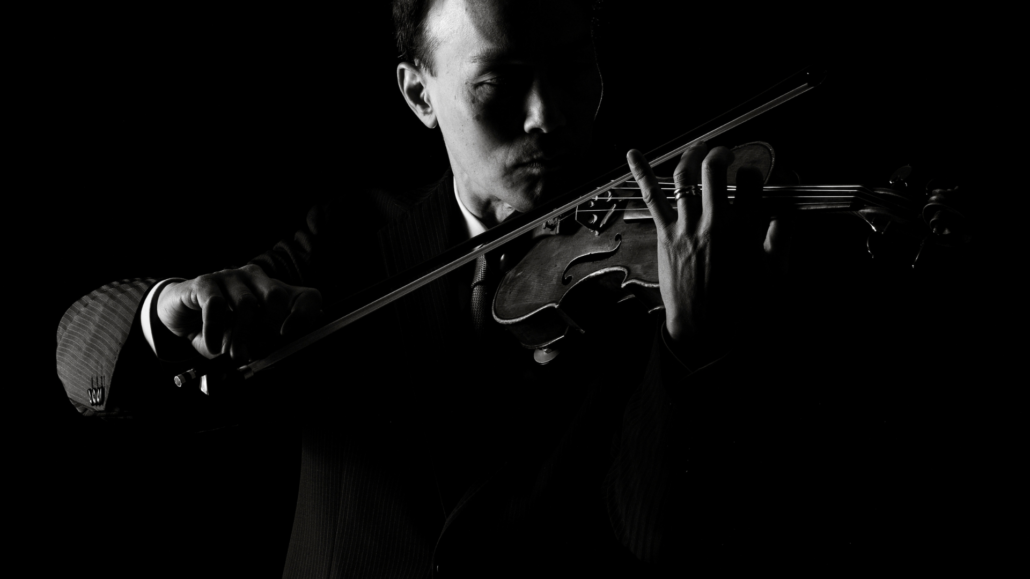March 20, 2024
GRIEG, TCHAIKOVSKY, AND BRITTEN
The Holberg Suite (more formally translated as From Holberg’s Time–suite in olden style) was written by the Norwegian composer Edvard Grieg in 1884 to commemorate the 200th anniversary of the birth of Ludvig Holberg. Grieg and Holberg are two of the most celebrated figures from Bergen, Norway, albeit their birthdates separated by 159 years! Born in 1684, Holberg was a man of many talents: he wrote many literary works on topics such as history, philosophy, and law. He also made a successful career as a comedy writer, producing many theatrical works containing social commentaries and satires, earning the epithet “the Molière of the North.” Grieg was born in 1843. His education and career took him to Leipzig, Germany and Copenhagen, Denmark, but he became a figurehead in Norway’s drive for the reflection of a national identity in its music. So he was a natural candidate to pay musical tribute to his compatriot from the past.
Grieg turned back the clock in a way, and created his five movement work in the style of a Baroque suite, exemplified by such leading composers as Bach, Handel, Telemann, Rameau and Vivaldi. He assembled a series of dances—“From Holberg’s Time”—as might have been heard in the 17th and 18th centuries, a Sarabande, a stately Gavotte and a lively Rigaudon, for instance. It is an early example of a neo-classical work, inspired by the past but conveyed from a more modern viewpoint. A sense of some Norwegian musical traditions are evident, especially in the Gavotte (where the melodic line is supported by a long drone in the bass line) and the violin/viola duet of the Rigaudon. In the latter, Grieg conjurs a pair of folk-fiddlers from Hardanger region of Norway in a playful battle of musical one-upmanship.
Tchaikovsky’s musical output inspired more than its fair share of popular songs in the middle of the 20th-century. Think of the Romeo and Juliet Fantasy-Overture, from which Jimmy Dorsey’s band drew the song “Our Love,” or the heartfelt Russian lyrics that Sinatra spun into “None But the Lonely Heart.” The Symphony No. 6, (the “Pathétique”) inspired “The Story of a Starry Night,” and the waltz from the ballet The Sleeping Beauty became more animated as Disney’s “Once Upon a Dream.”
Tchaikovsky himself was not above re-purposing a particularly memorable melody. His String Quartet No. 1 in D major was composed in February 1871, and its second movement, Andante cantabile, became one of his “greatest hits.” While he was visiting his sister at a country estate, Tchaikovsky heard a Ukrainian folksong being whistled by a house painter, and he incorporated the haunting tune into the slow movement. The melancholic melody proved so moving that the composer himself described how “the author Leo Tolstoy, sitting next to me and listening to the Andante of my First Quartet, burst into tears.” The movement was soon adapted for cello and piano, and the demand for other settings followed. In 1888, Tchaikovsky himself revised the Andante cantabile in the present version for string orchestra.
100 years after he was born, Tchaikovsky’s melodies continued to top the music charts. In 1940, the second theme from the Andante cantabile received a pop music treatment at the hands of Mack David and Andre Kostelanetz. They wrote about a romantic interlude off the Scottish coast in the song “The Isle of May,” and it was recorded by the sultry vocalist Connee Boswell: “We strolled along / through the heather, / and it was June, / June on the isle of May…”
Past musical styles provided some of the inspiration for Grieg’s Holberg Suite, and in a way that is true of Benjamin Britten’s Simple Symphony. Like Grieg, the English composer incorporated some baroque dances forms (a Bourée and a Sarabande) into this charming work for strings, but the bulk of the musical content stems from Britten’s own youthful compositions. When he was growing up near the eastern coast of England, Britten attended symphony concerts in the city of Norwich, at the encouragement of Audrey Alston, his childhood viola teacher. In 1933, as a nineteen-year-old graduate of the Royal College of Music, Britten was asked to write a piece for a student orchestra in Norwich, and he decided to dedicate it to his teacher. He provided the following description in his published score: “This Simple Symphony is entirely based on material from works which the composer wrote between the ages of nine and twelve. Although the development of these themes is in many places quite new, there are large stretches of work which are taken bodily from the early pieces – save for the re-scoring for strings.”
There are four movements in the Simple Symphony, each one utilizing two of his favourite childhood works. There is nothing childish about the music however! Boisterous, playful, sentimental and frolicsome are apt adjectives for the sections, yes, but it presents some genuine challenges for the players. Britten directed the amateur players in the premiere, and within a year the score was being performed and recorded by the Boyd Neel Orchestra, a fully professional ensemble. Published as his Opus No. 4, it represents one of Britten’s earliest mature works.
Notes by Matthew Baird




 Terence Tam, musical direction
Terence Tam, musical direction